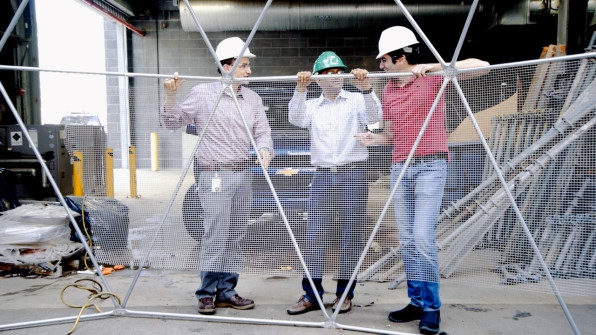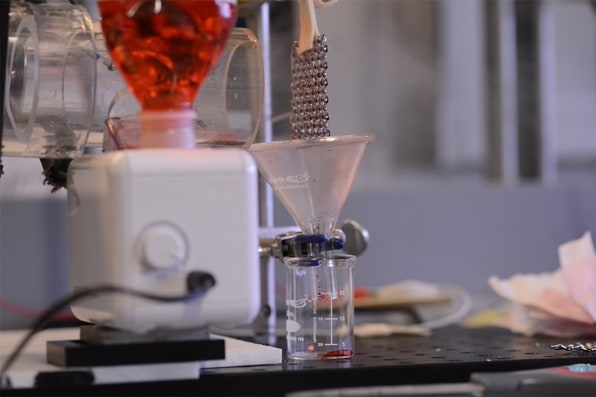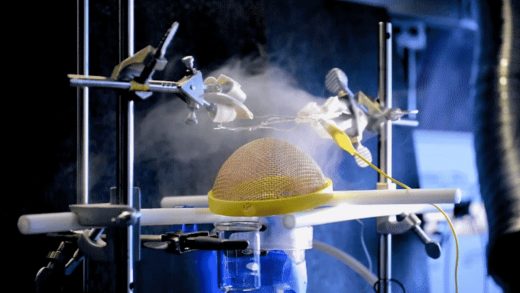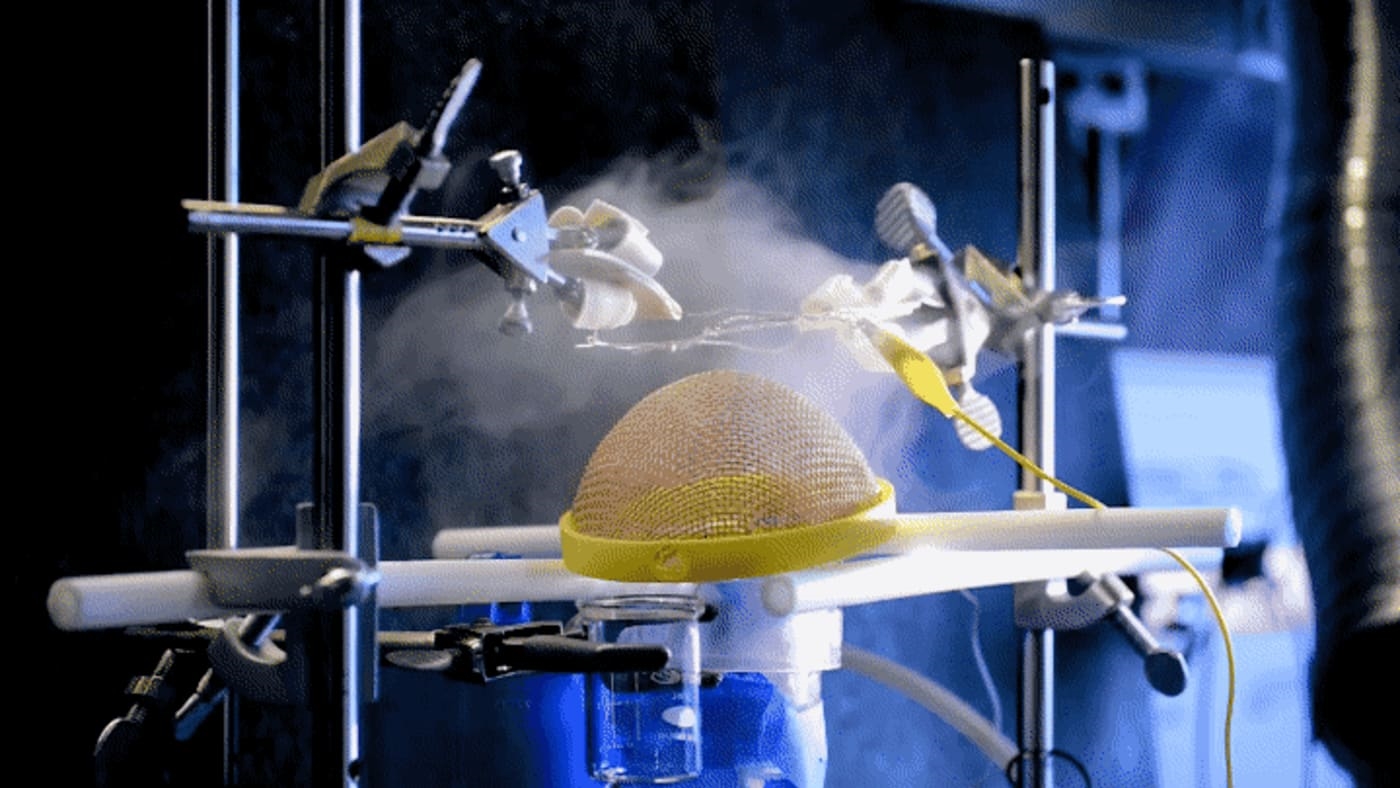MIT’s new tech turns power plants and data centers into water sources
In the future, the rooftop of a data center owned by Amazon or Facebook might become a new source of local drinking water. New technology from MIT researchers can capture large amounts of water from the cooling towers that vent steam to keep the systems from overheating–meaning that data centers, other large buildings, and power plants could double as water generation plants.
“We want to become a water company and address the water scarcity problem,” says Kripa Varanasi, a mechanical engineering professor at MIT. “In that sense, we are thinking of each of these cooling towers as water farms.”

A typical 600-megawatt power plant used at half capacity to handle peak power demand uses as much water as 100,000 people would in a year. Cooling towers at power plants use massive amounts of water–in the U.S., around a trillion gallons a year–to cool down high-temperature steam. Right now, much of that water is just goes back into the atmosphere as plumes of vapor. Varanasi estimates at a 600-megawatt plant, the new technology could save 150 million gallons of water per year.

The tech improves on systems that have been used in the past to harvest water from fog. Those older systems aren’t efficient–if you hang a plastic or metal mesh in the middle of fog, you might capture only 1%-3% of water droplets, because airflow carries water past the device. But by zapping the fog with a beam of ions, electrically charged droplets are drawn towards the mesh, and then roll down into a collection pan.
For power plants, or other buildings with cooling towers, using the new equipment could save millions on water bills, in some cases. Industry could reuse the captured water directly. But because the cooling towers create distilled water, it could also be treated further and used for drinking water. “If you install a cooling tower, it’s like doing desalination,” says Varanasi, who estimates that the technology could offset the need for building 70% of new desalination plants in the next decade.
In Cape Town, for example, the government is relying on desalination plants, which turn seawater into drinking water, to address its current water crisis. MIT’s technology, Varanasi says, could be used to produce more water than a current desalination plant at a lower cost. The researchers estimate that installing the new system on the local power plant would be about a third of the cost of building a new desalination plant, and the operating costs would be 50 times less.
The team will launch a new startup this summer, called Infinite Cooling, to bring the tech to market. Varanasi, who previously launched a company called LiquiGlide to market another invention–a nontoxic coating that can solve the problem of getting ketchup out of bottles–didn’t want the work to be stuck in the lab. This fall, the team plans to begin testing the technology at MIT’s Central Utility Plant before moving on to larger power plants. “We hope to reduce the water footprint of the campus while proving out the technology,” he says.
The researchers published a new article in Science about the technology.
(12)



